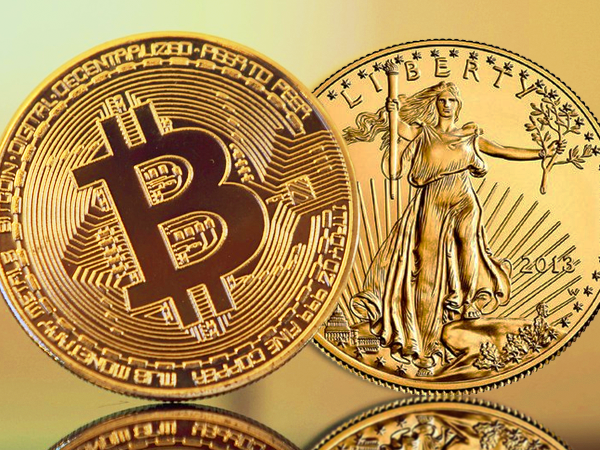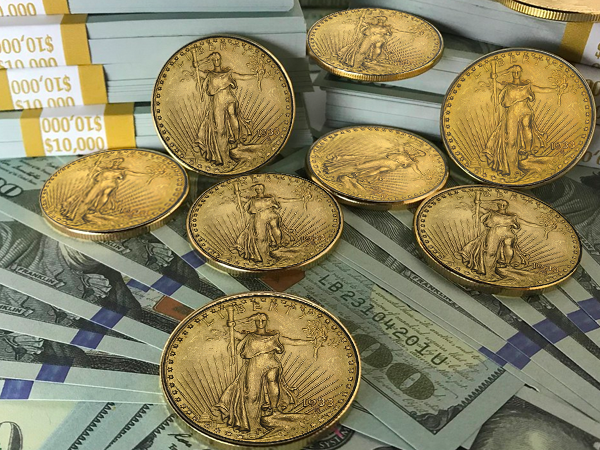
With institutions increasingly buying gold and cryptocurrency in recent months, the two assets are shining as decentralized hedges. Here’s what has changed.
The parallels between gold and Bitcoin have been there all along. Although both assets provide a decentralized hedge, the two have not often been directly compared due to Bitcoin’s extreme volatility and gold’s famous stability. Yet, much has changed since March. The unprecedented blow to the global economy has driven many to question stocks and even major currencies, as stimulative measures threaten to weaken the latter.
The biggest factor in the two assets becoming correlated has been the entrance of institutional money. Previously, institutions were reluctant to even consider exposing themselves to Bitcoin, in large part due to the nascency of the asset class. On the other hand, many fund managers either avoided gold or held a minimal allocation as they sought safe returns elsewhere, often in the form of bonds.
Now that most bonds offer a negative return, with the state and the currencies behind them looking shaky, institutions can hardly ignore gold’s outperformance this year, one that saw the metal rushing to a new all-time high and sticking around it ever since. In the current environment, the absence of havens and gold’s price appreciation has greatly expanded the scope of investors. With estimates that institutions will double their gold holdings in the near future, there is plenty of solid ground to expect more of this appreciation.
For Bitcoin, the entrance of institutional money has not only legitimized the asset, but also offered some much-desired stability. Now that institutions are essentially holding the reins of the crypto market, investors have less reason to fear massive price drops that linger for a prolonged period of time.
This has likely played a key role in the correlation between gold and Bitcoin steadily climbing over the past months to reach the highest-ever one-month point of 76.3% on September 19. A risk-off and risk-on asset are now close to moving in tandem, and there aren’t many indicators that this will change any time soon.
The uncertainty that the global economy faces has compelled institutions to review their course of action. The lack of counterparty risk that both assets boast has come into prominence as several countries have already experienced currency depreciation eerily reminiscent to that of Venezuela, while most nations are now asking their bond holders to pay a monthly fee, painting quite a bizarre picture. In fact, prominent funds like the Grayscale Bitcoin Trust are increasing both their gold and Bitcoin allocations, highlighting the shifting view of what makes a good safe-haven.
Bitcoin’s biggest benefit from these developments will likely come in the form of the aforementioned price stabilization, making investors across the board less hesitant to allocate some of their money to it. For gold, however, the story appears to be one of price gains. The metal’s outperformance this year cast a shadow on the 2008-2011 stretch, and its plunge during March’s broad selloff still left it above most assets. The growing distaste for risk and the sheer amount of money that institutional investors are set to pour in has driven many notable forecasters to expect new highs for gold’s price, both over the short and long-term.

